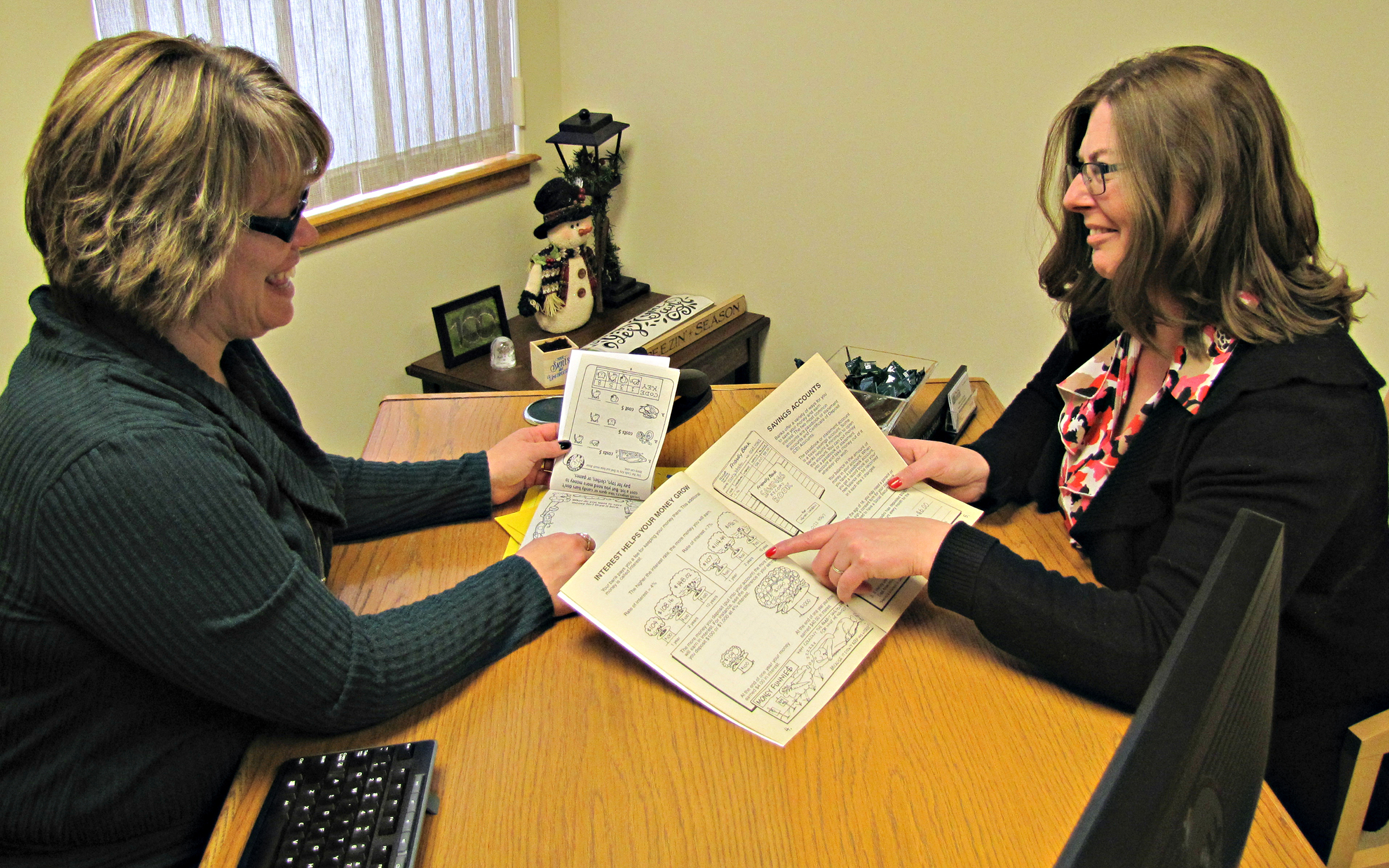
HOULTON, Maine — Katahdin Trust, a community bank serving northern Maine and the greater Bangor and Portland regions, is partnering with schools throughout Maine to celebrate Teach Children to Save Day.
Throughout the month of April local students will explore lessons about saving, the difference between needs and wants, learn how to identify expenses, trade-offs and ways to cut spending.
“Familiarizing students with financial education fundamentals at an early age puts them on a path to becoming smart money-managing adults,” said Krista Putnam, Katahdin Trust’s senior vice president of marketing. “Teach Children to Save is a great opportunity for us to share our passion for financial education and improve our local Community.”
Established by the American Bankers Association Foundation in 1997, Teach Children to Save and the Foundation’s other financial education initiatives have helped reached 9.1 million young people through the commitment of more than 225,000 banker volunteers. Last year alone, Katahdin Trust employees volunteered 7,600 hours of their time to programs like Teach Children to Save Day, Get Smart About Credit Day and 230 other local organizations. “As we enter our second century of community banking at its best we are forever grateful to our many employees who have remained dedicated to their communities by giving selflessly of their time, talent and treasures,” shares Putnam.
Katahdin Trust offers the following tips for money-savvy parents raising money-smart kids:
Set the example of a responsible money manager by paying bills on time, being a conscientious spender and an active saver. Children tend to emulate their parents’ personal finance habits.
Talk openly about money with your kids. Communicate your values and experiences with money. Encourage them to ask you questions, and be prepared to answer them – even the tough ones.
Explain the difference between needs and wants, the value of saving and budgeting and the consequences of not doing so.
Open a savings account for your children and take them with you to make deposits so they can learn how to be hands-on in their money management.
Let friends and family know about your child’s savings goal. They will be more likely to give cash for special occasions, which means more trips to the bank.
Put the literacy in financial literacy. Encourage your children to read books that cover various money concepts. Not only will they become strong readers, but they will be smart money managers, too.
Engage your community. Many schools, banks and community organizations share your commitment to creating a money-savvy generation. Engage a coalition of support to provide youth with the education they need to succeed.




